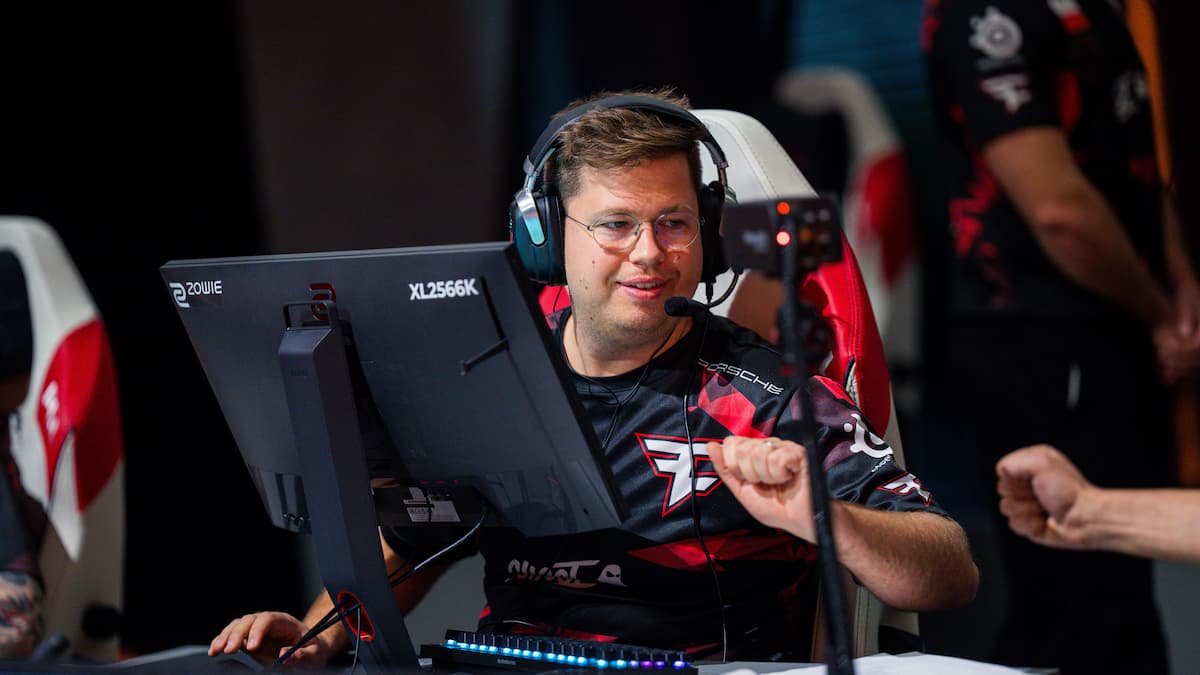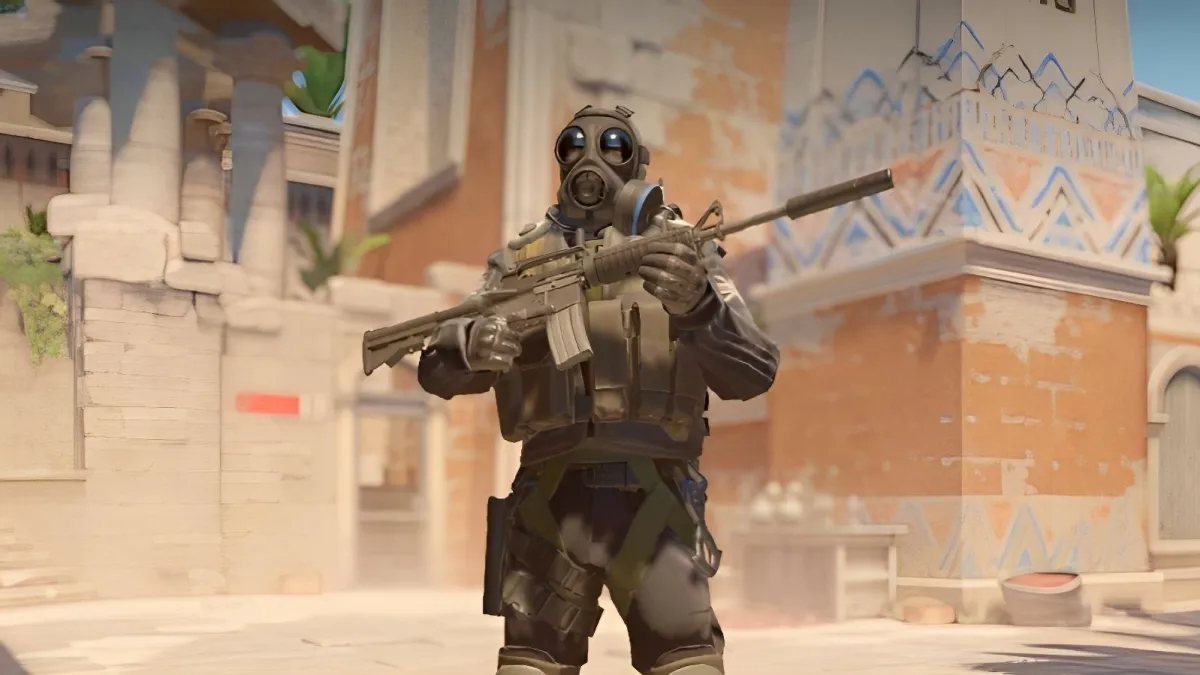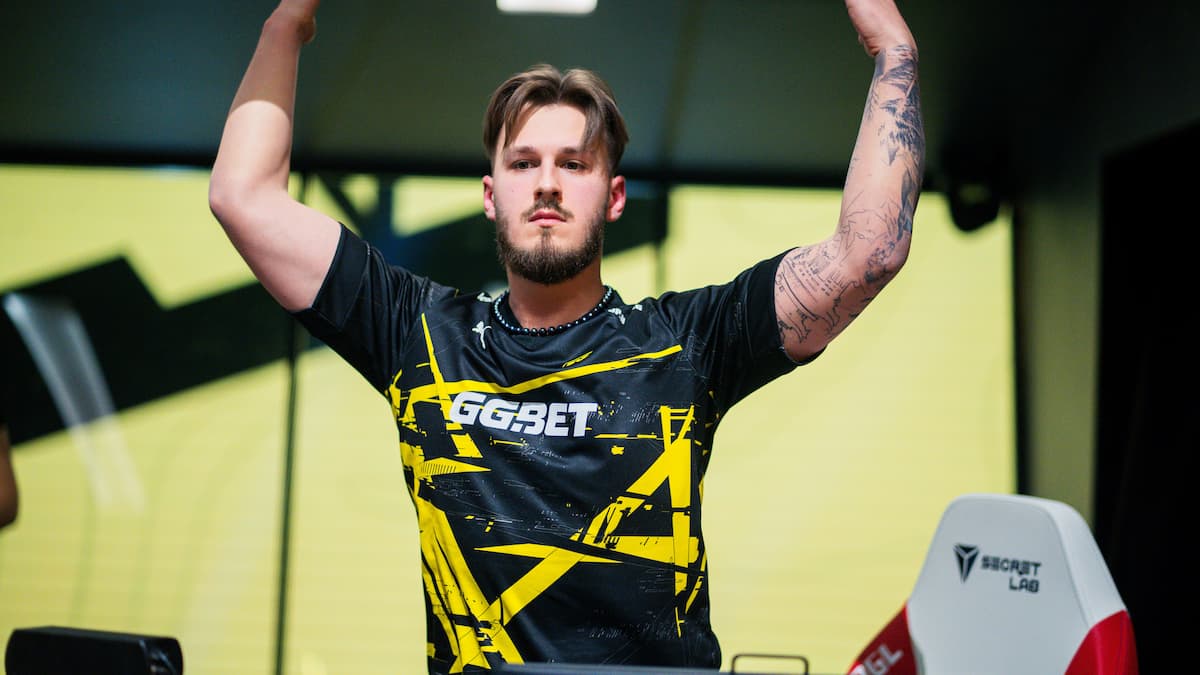When CompLexity Gaming and iBUYPOWER faced off in the championship match at the ESEA season 16 global finals in June, it was the first time two American squads had ever headlined a major final in Counter-Strike: Global Offensive.
For new fans to the game, it might have looked like America was finally putting its stamp on a professional scene largely dominated by European teams in recent years. But this was hardly the first time the United States has been on top in Counter-Strike.
In fact, international success in American Counter-Strike goes back more than a decade, when the game hardly resembled the polished product fans and players are accustomed to today.
The two unquestioned top teams at the end of the game’s early era were Sweden’s Ninjas in Pyjamas and X3 of the United States. This combined dominance of Swedish and American teams is something that would permeate Counter-Strike for years to come as the game evolved into what it is today.
From 2002 to 2005, 15 major international events were held by such organizations as Cyberathlete Professional League, Electronic Sports World Cup, and World Cyber Games. Of those 15, five were won by teams featuring American players, only three fewer than those won by Swedish teams and far more than the number won by competitors from any other nation.
So what has happened since? What accounts for the dramatic drop-off that took place around 2006, leaving American fans with precious few opportunities to cheer on teams from their home nation?
The answer lies in the community split that occurred after the release of Counter-Strike: Source and especially the lingering effects of the divisive Championship Gaming Series.
The Championship Gaming Series, a weekly program produced for DirecTV that ran from 2007-2008, was seen by many top American players as the first real opportunity to pursue careers as long-term pro gamers. And as CGS chose to use Counter-Strike: Source rather than the competitive standard of Counter-Strike 1.6, the majority of the continent’s best players were made to transition to Source.
Before this transition, there were many examples of just how capable American teams were of competing with the world’s best.
The X3 team that had once staked its place as the best in the Americas had continued to make its presence felt long after its disbandment. Players like Kyle “Ksharp” Miller and Dave “Moto” Geffon moved on to Team 3D, the first team based outside of Europe to win an international event in the modern era of Counter-Strike.
Team 3D would carry that early success forward, capturing a pair of WCG titles and placing in the top three at numerous events—even as players on the team’s roster came and went.
Complexity, another American side, saw significant success starting in late 2004. A title at ESWC 2005 represented the peak of their play, but they remained a significant threat throughout their time together.
And it wasn’t just the nation’s top teams who were able to make such an impact. Zex famously upset then top-ranked Norwegian side Eolithic in the early rounds at CPL Winter 2002 before making a surprise run to the final at the following year’s inaugural ESWC event. The run included a stunning upset win over an SK Gaming, which was considered by many to be the most dominant the game of Counter-Strike has ever seen.
Even middling domestic teams were a threat, as was made clear when Death is Eternal, who weren’t even considered a top ten team in domestic competition, managed to place in the top five at CPL Summer 2004. Their tournament run was capped by a win over the defending ESWC champions, top Danish side The Titans.
But all of this changed with the split that followed the introduction of CGS. And when CGS failed to last, those players who had established themselves as among the world’s best were now months or even years behind the majority of their international opponents. At the same time, the American 1.6 scene had suffered with the loss of its best players.
Without top-tier competition to practice with, the best remaining players inevitably saw their own level of play drop off. And with fewer teams capable of competing at the game’s highest level, seeing fewer chances of winning the world’s biggest tournaments, domestic fans had little to cheer about or keep them interested in the game.
It was a problem that had deep roots in the American scene, and one that would require a long-term solution.
That solution proved to be a renewed commitment to the Counter-Strike series from its developer, Valve. And that newly-made commitment has resulted in the current iteration of Counter-Strike: Global Offensive.
The famed developer has sought to keep the game growing through a steady stream of balance patches and content updates. This, combined with Valve’s willingness to partner with tournament organizers such as ESL, has gone a long way in driving interest in the game back up.
Top American teams had been teasing at a breakthrough over the past year, but it wasn’t until the ESEA final in Dallas that this potential was brought fully to bear. Ninjas in Pyjamas, Natus Vincere, and Virtus Pro came into the event as both Europe and the world’s three best teams, and all three were ultimately felled by the combined might of American sides Complexity and iBUYPOWER.
And as the teams at the top return to global prominence, the effects are likely to trickle down through the rest of the domestic scene. Other teams seeking to reach that pinnacle now know just how realistic their goals are and have even better competition available to practice with to help push themselves further.
Meanwhile, spectators have all the more reason to tune-in and aspire to one day pursue those same goals should they so choose.
Those fans won’t have to wait long to see American teams take another shot at the world’s best. iBUYPOWER will be competing at Gfinity 3 in London this weekend, and they, along with Complexity (likely Cloud9 by then) will be gunning for the top prize at ESL Cologne later in the month.
Photo by shardayyy/Flickr (CC BY 2.0)






Published: Jul 30, 2014 03:26 pm